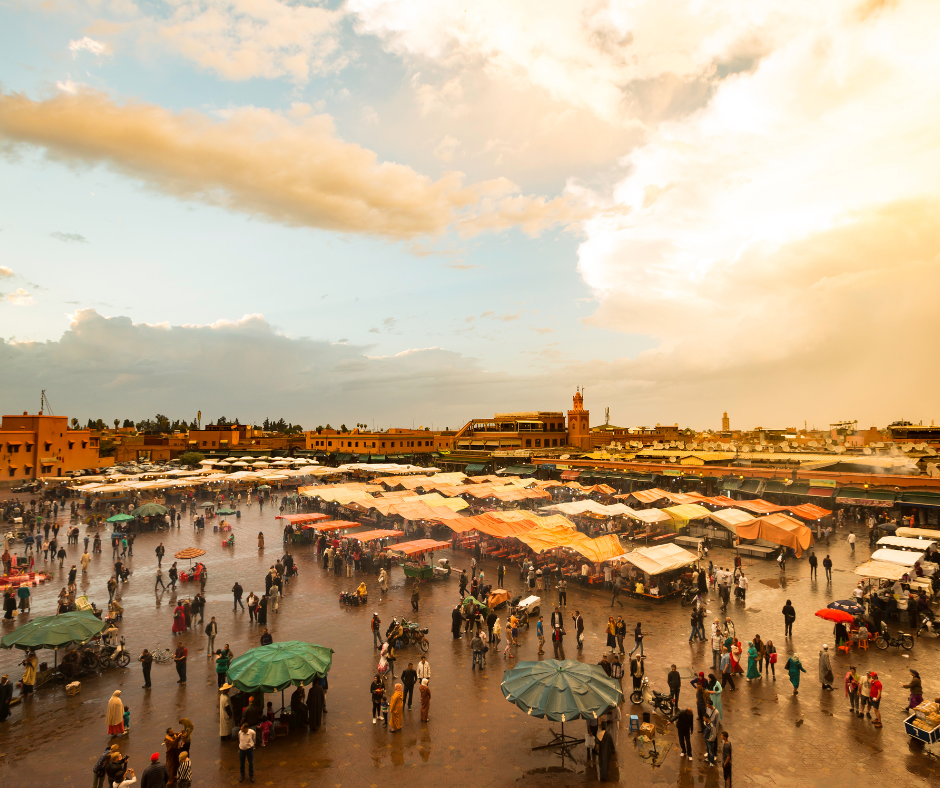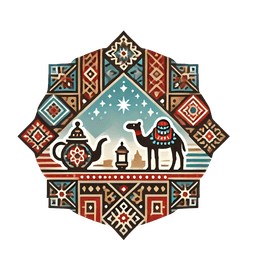- Published on
Henna Festivals in Morocco Celebrating Tradition and Artistry
- Authors

- Name
- Adil ABBADI
Introduction
In the captivating land of Morocco, where the Atlas Mountains meet the Sahara Desert, a cherished tradition comes alive with the arrival of henna festivals. These vibrant celebrations not only showcase the country's rich cultural heritage but also highlight the artistic prowess of Moroccan artisans. In this article, we'll delve into the world of henna festivals in Morocco, exploring their significance, traditional practices, and modern adaptations.

- Cultural Context
- Traditional Significance
- Modern Relevance
- Cultural Preservation
- Conclusion
- Cultural Call-to-Action
Cultural Context
Henna, a plant-based dye, has been an integral part of Moroccan culture for centuries. The art of henna application, known as "henné" in Arabic, dates back to ancient times, when it was used to adorn the hands and feet of brides and grooms before their weddings. Over time, the tradition evolved, incorporating intricate designs, symbolic motifs, and cultural significance. Today, henna festivals in Morocco are a testament to the country's rich cultural heritage, bringing together communities, artisans, and visitors alike.
Traditional Significance
In Morocco, henna festivals are an integral part of traditional celebrations, particularly during weddings, Eid al-Fitr, and Eid al-Adha. The henna application process is steeped in symbolism, with different designs representing love, prosperity, fertility, and protection. The festivities typically begin with the preparation of the henna paste, a labor-intensive process involving the mixing of powdered henna leaves, essential oils, and other natural ingredients. The henna artists, often skilled women, then apply the intricate designs onto the hands and feet of participants, using a range of techniques and tools.

Modern Relevance
While henna festivals in Morocco remain deeply rooted in tradition, modern adaptations have ensured the celebration's continued relevance. Contemporary Moroccan artists have incorporated new techniques, materials, and designs, blending traditional motifs with modern styles. The festivals now also serve as platforms for socializing, cultural exchange, and entrepreneurship, with many artisans selling their wares and services. The fusion of traditional and modern elements has not only revitalized the art form but also attracted a new generation of enthusiasts.
Cultural Preservation
Efforts to preserve and promote Morocco's henna festival tradition are underway, with initiatives focused on documenting and recording the cultural practices, as well as supporting local artisans and communities. The Moroccan government has also launched programs to develop and promote the country's intangible cultural heritage, including henna festivals. These initiatives have helped to raise awareness about the significance of henna festivals, ensuring their continued relevance and importance in Moroccan cultural life.

Conclusion
Henna festivals in Morocco are a testament to the country's rich cultural heritage, where tradition meets artistry. As we explore the vibrant world of Moroccan henna festivals, we're reminded of the importance of preserving and promoting cultural traditions, while embracing innovation and modernity. Whether you're a local or a visitor, experiencing a Moroccan henna festival is a journey into the heart of this captivating culture.
Cultural Call-to-Action
As we celebrate the beauty and significance of Moroccan henna festivals, let us also acknowledge the importance of cultural appreciation and exchange. We encourage you to explore the rich cultural heritage of Morocco, attend a henna festival, and engage with the local artisans and communities. By doing so, you'll not only experience the vibrant traditions of Morocco but also contribute to the preservation of this precious cultural legacy.
